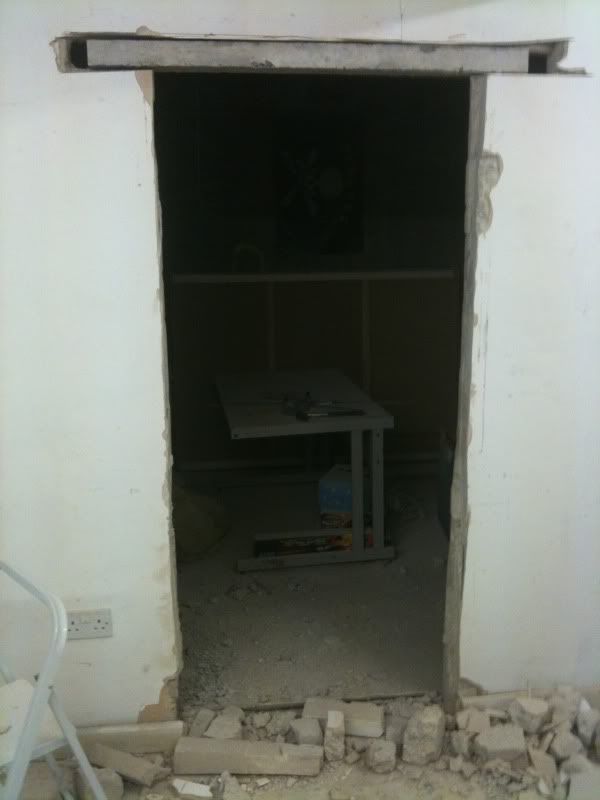Am about to fit a door lining or casing. (Now know the difference thanks to --Tom and Woody's earlier post.)
Try very hard but don't always get everything 100% plumb/square!
1) Would it be better to use a door lining and fit my own stops (thereby allowing me a bit of leeway for my lack of expertise). Are casings better left to experts?
2) Have noticed door and window frames in my house (built 1921 - pre hammerfix) are all screwed into pieces of wood inserted in the mortar courses between the bricks. Does this method have advantages for corrections over using frame fixings? Are these wooden inserts shaped and sunk partly in the mortar when making good the brickwork before fitting the door lining, or should they be as thick as a mortar course?
Advice appreciated.
Try very hard but don't always get everything 100% plumb/square!
1) Would it be better to use a door lining and fit my own stops (thereby allowing me a bit of leeway for my lack of expertise). Are casings better left to experts?
2) Have noticed door and window frames in my house (built 1921 - pre hammerfix) are all screwed into pieces of wood inserted in the mortar courses between the bricks. Does this method have advantages for corrections over using frame fixings? Are these wooden inserts shaped and sunk partly in the mortar when making good the brickwork before fitting the door lining, or should they be as thick as a mortar course?
Advice appreciated.


